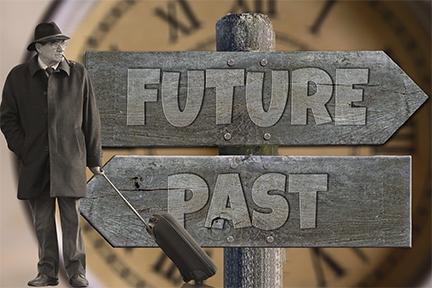
Retirement is an inevitable phase of life. It often brings significant changes like moving homes or joining a vibrant retirement community in another state. These communities offer social interaction, activities, and support to invigorate this new chapter.
However, moving in your golden years can be daunting, with physical tasks, emotional upheaval, and logistical complexities, especially across state lines. Therefore, finding ways to lessen the burden and stress is crucial.
This article provides practical advice for a smooth and stress-free transition to a new home in a retirement community in a different state.
Start Planning Early
Embarking on a major move to a retirement community in a different state requires early and meticulous planning. Starting this process years in advance allows ample time to prepare financially, emotionally, and physically, making the move less strenuous.
Early planning aids in financial readiness and enables you to foresee and manage moving and living expenses efficiently. It eases the emotional strain as you gradually adjust to relocating and gives you enough time to systematically sort, downsize, and pack your belongings, reducing physical stress.
Start Downsizing Early
One crucial step in early planning is downsizing. Over a lifetime, everyone accumulates many items, some of which evoke strong emotions and memories. However, retirement community homes often have limited space, and clinging to everything can make your move more challenging.
Begin by categorizing your belongings into 'keep', 'donate', 'sell', or 'discard'. Items that are seldom used but hold sentimental value could be digitized or kept in a compact form. You can organize a garage sale for items in good condition or donate them to a charity.
Remember, the goal is to simplify your life and make the move smoother. Letting go can be therapeutic and freeing, making your new home a space of comfort and tranquility.
Visit the Retirement Community in Person
While online research, photos, and video tours offer a glimpse into your potential new home, they may not fully capture the reality of living there. It's vital to visit the retirement community in person or have a trusted person do so on your behalf.
This allows you to assess the environment, amenities, and the overall vibe of the community firsthand. You can interact with residents and staff, gauge the level of care and services provided, and get a feel for the neighborhood.
Also, an in-person visit can help you visualize your day-to-day life in the new community, making the transition process less overwhelming and more comforting.
Choose a Company That Specializes in Cross-Country Moves
Picking the best US cross-country movers equipped with the necessary experience and resources to handle the unique challenges of long-distance relocations is critical.
The company you choose should ensure your belongings are packed securely, transported safely, and delivered intact, making your transition smoother. Before finalizing your choice, getting quotes from multiple companies is advisable.
This allows you to compare the services, quality, and pricing. However, remember that the price should not be the only determining factor. Factors such as the company's reliability, reputation, and customer service are equally important, if not more so.
Stay Organized
Your organization efforts should start from the planning stage. Develop a structured packing plan, initiating the packing process with items you seldom use. This gradual approach prevents last-minute chaos and makes the task less overwhelming.
Proper labeling of packages is crucial for easy identification and unpacking. Be meticulous in labeling boxes with the room they belong to and describe the contents briefly. This helps ensure that items reach their locations in your new home and makes unpacking less confusing.
Enlist the help of family members and friends, or hire professional organizers if the task seems daunting. Remember that even with the best plans, the process may not always be smooth sailing. However, efficient planning and organization can undoubtedly make it easier.
